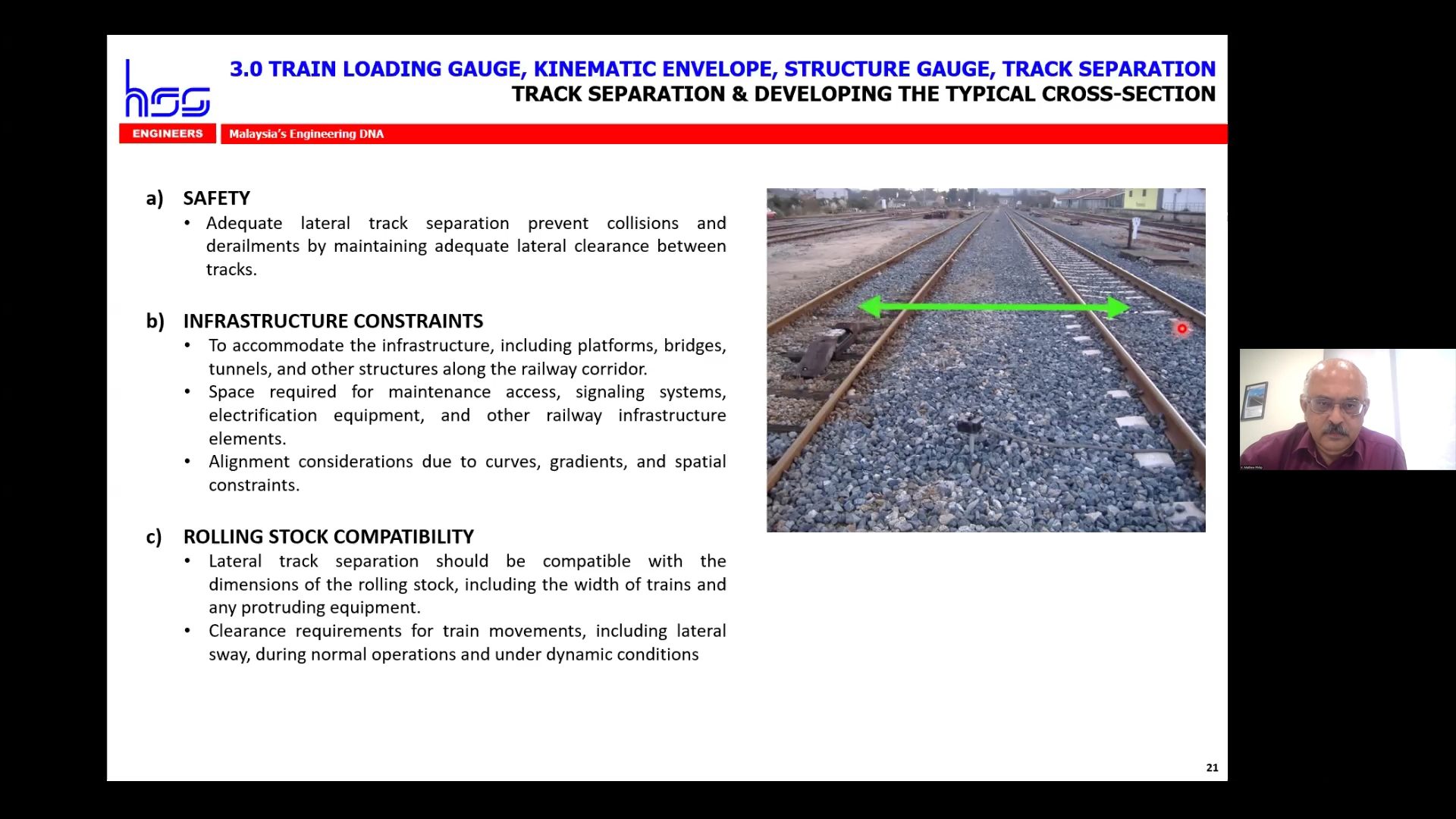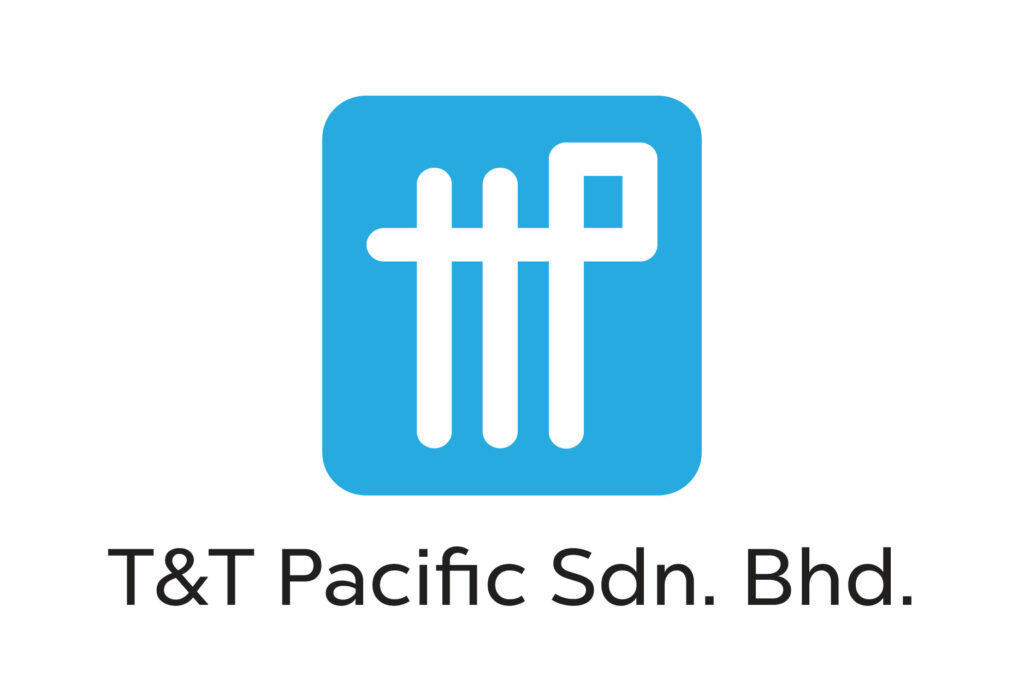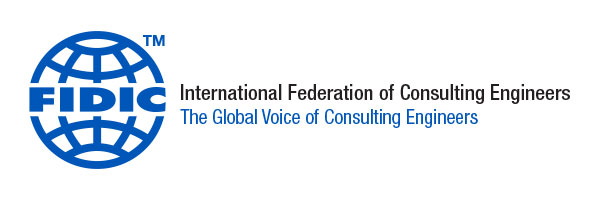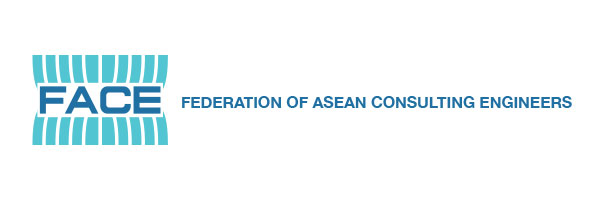On October 16, 2024, a comprehensive webinar titled “Railway Alignment & Trackwork Design” was conducted from 10:00 a.m. to 12:00 noon, attracting an audience of 110 participants. The session was facilitated by Ir. Mathew Philip, a distinguished professional with over 38 years of experience in design, design management, and project management across various transportation sectors, including MRT, LRT, Monorail, Heavy Rails, Expressways, and Highways.
The webinar provided an in-depth exploration of the intricacies involved in railway alignment and trackwork design, emphasizing key principles relevant to professionals engaged in railway infrastructure development. Ir. Mathew Philip commenced the session by distinguishing between different types of metro systems, such as Heavy Rail, Light Rail, Monorail, and High-Speed Rail, elucidating their specific operational capabilities and infrastructure requirements.
The discussion progressed to track gauges, where Ir. Philip analyzed narrow, meter, standard, and broad gauges, evaluating each type’s applications, benefits, and challenges across diverse terrains. The session further examined critical concepts such as loading gauge, kinematic envelope, and structure gauge, underscoring their significance in ensuring safe and efficient train operations.
A thorough investigation of can’t, equilibrium can’t, and can’t deficiencies in track design followed, highlighting their essential roles in maintaining stability and safety, particularly on curves. Ir. Philip also provided an overview of permanent way components, including rails, sleepers, and ballast, and discussed various types of rail turnouts utilized in trackwork.
In addressing railway stations and yards, he outlined spatial, platform, and operational requirements, along with the design and functionality of different yard types, with a focus on maintenance and cargo management. To conclude the webinar, Ir. Mathew presented a case study on the Ampang LRT Line Extension Project, detailing key design considerations such as station placements, track geometry, and system interface challenges.
This well-rounded presentation offered both foundational and advanced insights, equipping attendees with essential knowledge critical to effective railway alignment and trackwork design in the context of today’s evolving rail infrastructure landscape.










